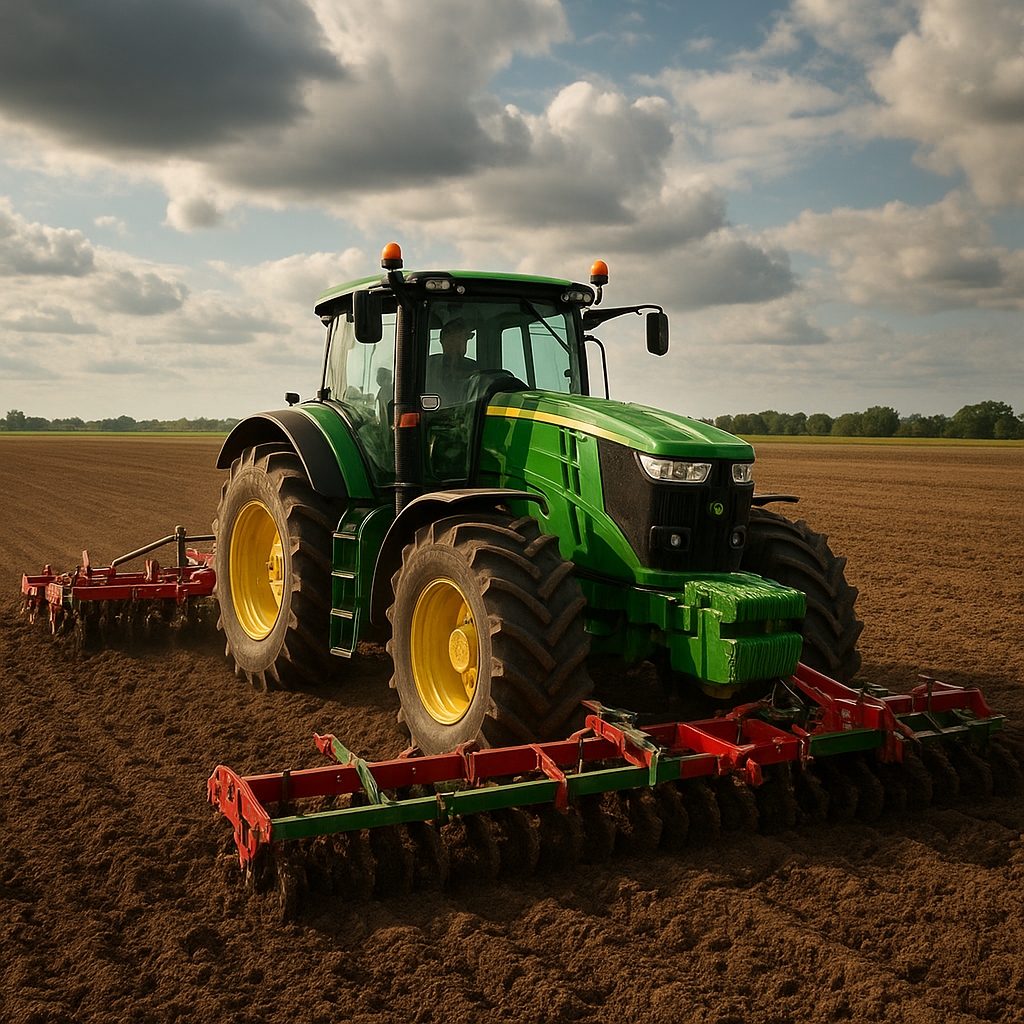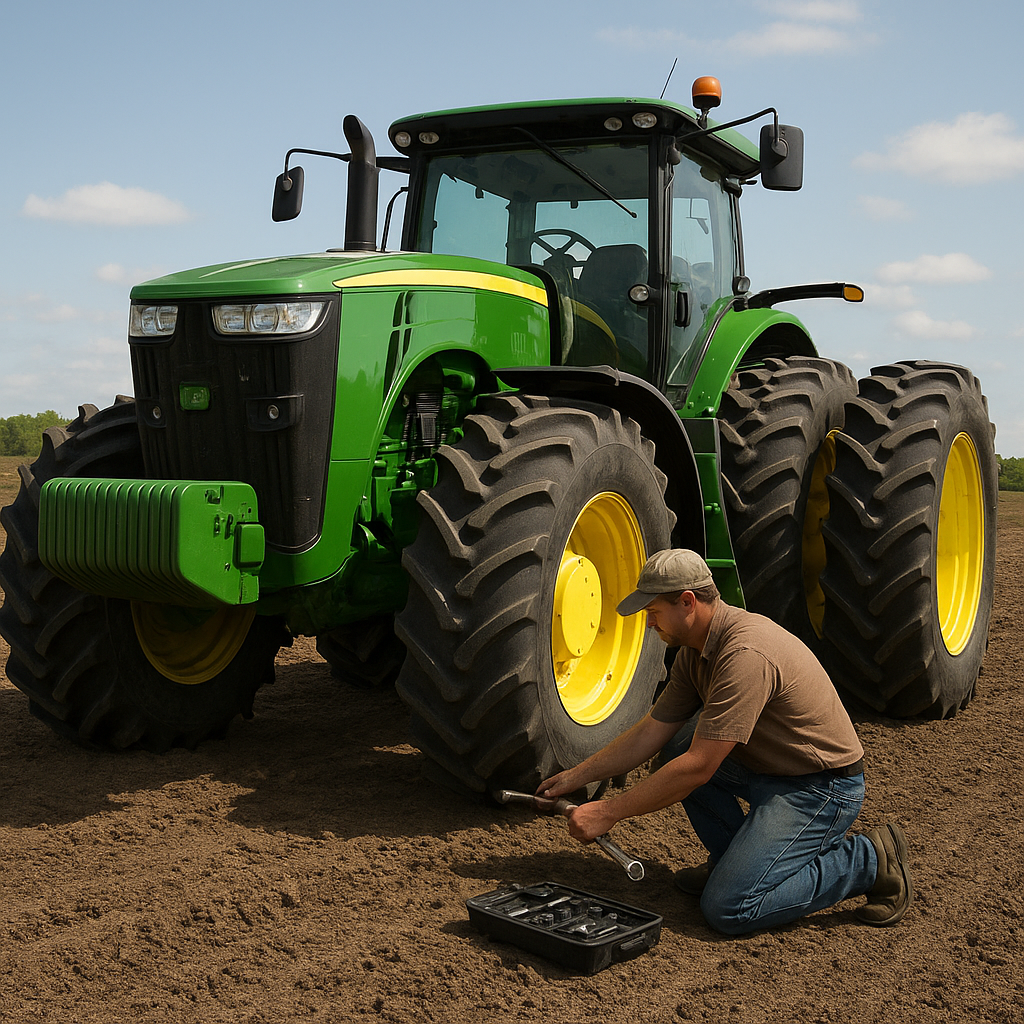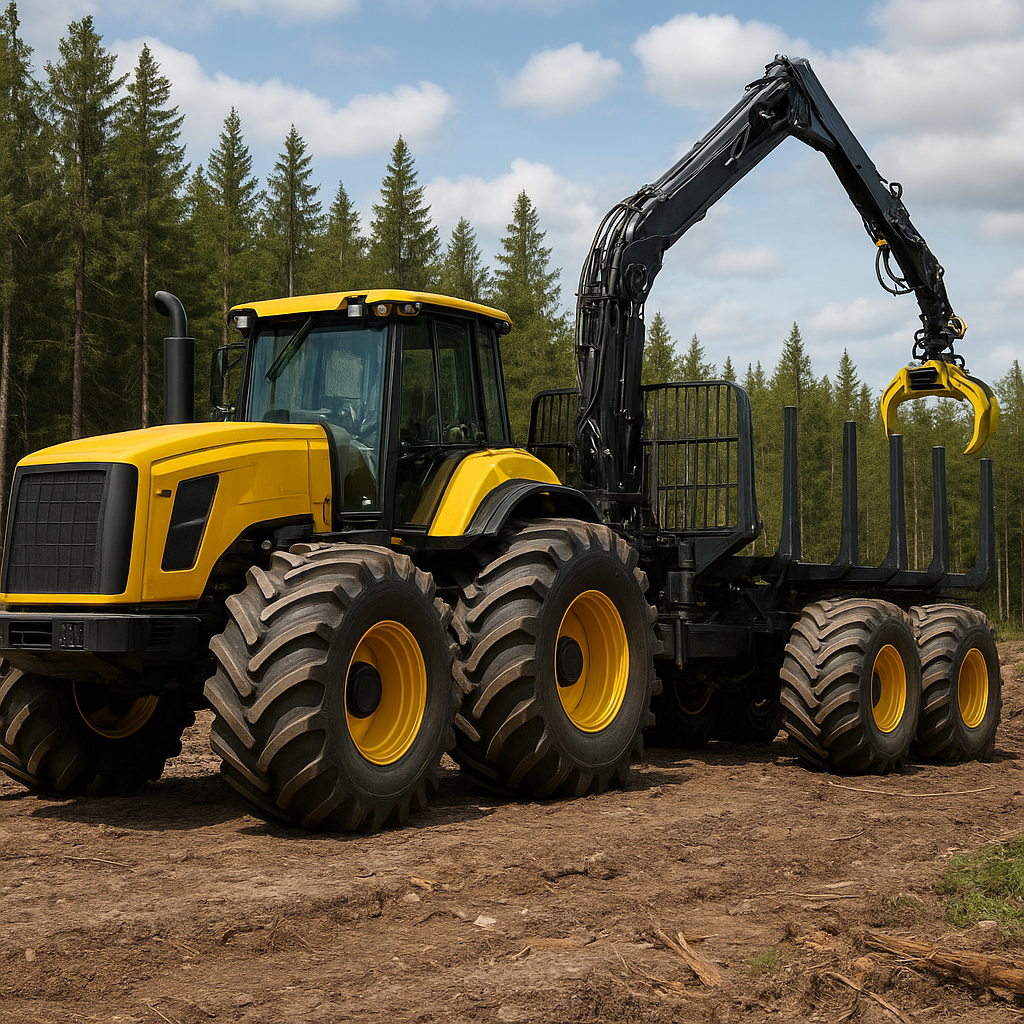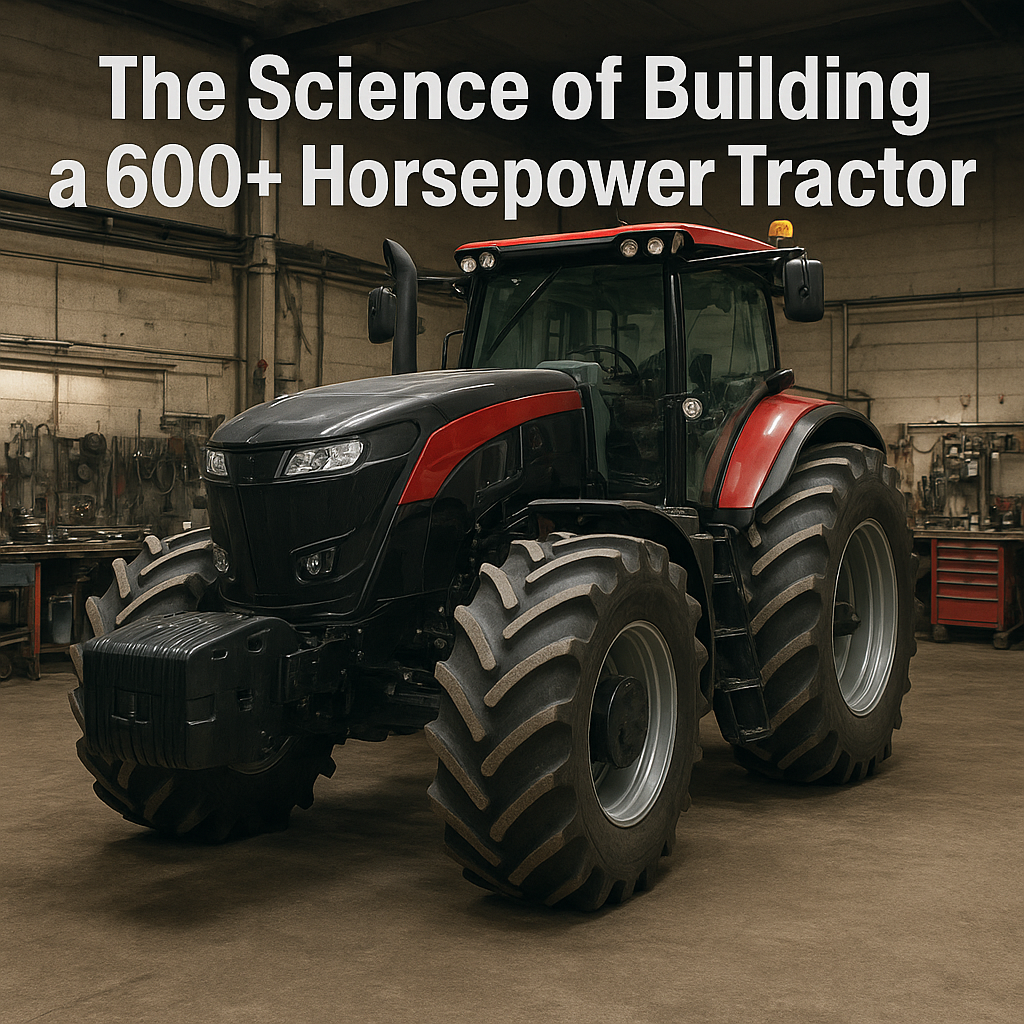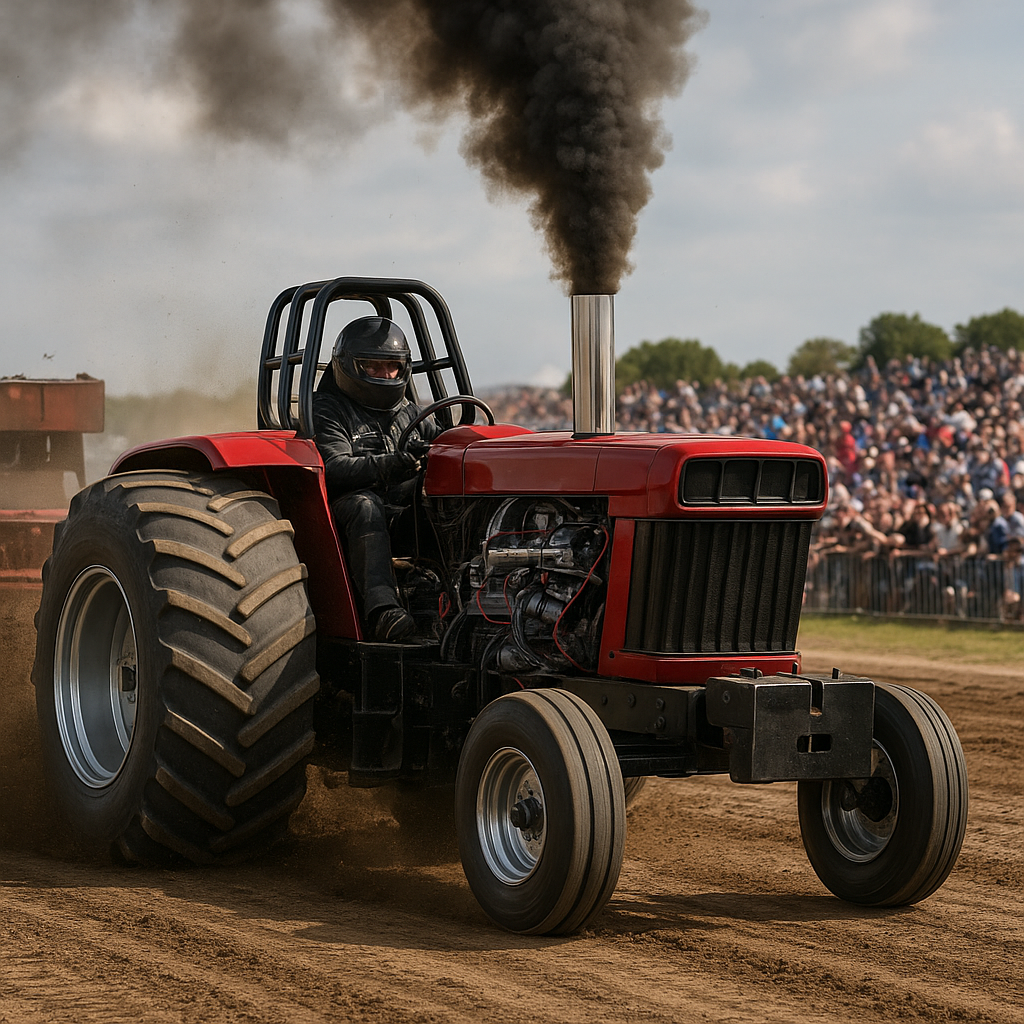The Evolution of Giant Tractors Through the Decades explores how agricultural machines have grown in size, power, and sophistication. From humble beginnings in the early 20th century to today’s technologically advanced behemoths, these machines have reshaped farming practices worldwide. This article delves into the pioneers that set the stage, the rise of modern giants, and the cutting-edge innovations transforming the industry.
Early Pioneers of Power
During the first half of the 20th century, groundbreaking engineers sought to replace horse-drawn plows with mechanized alternatives. These early tractors laid the foundation for future developments in horsepower and reliability.
Birth of the Self-Propelled Tractor
- International Harvester Titan (1918): One of the first large tractors to offer over 30 drawbar horsepower, marking a shift from stationary engines to mobile powerhouses.
- Fowler Company’s Road Locomotive: Early traction engine adapted for heavy tillage tasks, demonstrating the potential of steam-powered mobility.
- Allis-Chalmers Model 15 (1920s): Introduced durable components and simple controls, paving the way for mass adoption by family farms.
Technological Breakthroughs
Engineers experimented with:
- Improved traction through steel wheels and later rubber tires.
- Enhanced cooling systems to sustain prolonged load operations.
- Multiple gearboxes enabling variable speeds for different tasks.
Rise of the Modern Giants
The post-war era saw rapid growth in tractor size and capacity. Farmers demanded machines capable of covering more acres with greater efficiency. Manufacturers responded by scaling up engines and refining chassis designs.
Shift to Four-Wheel Drive
- Case Quadtrac prototypes experimented with full-time four-wheel drive for improved field traction.
- John Deere’s introduction of the Model 4010 marked the brand’s move into high-power segments, delivering nearly 80 PTO horsepower.
Tracked vs. Wheeled Giants
With soil compaction emerging as a concern, tracks became an attractive option:
- Challenger MT900: Combined the power of a large frame with wide tracks to distribute weight evenly, reducing ground pressure.
- Wheeled giants like the Ford TW-35 prioritized top speed and road travel convenience, hitting 30+ km/h between fields.
Contemporary Colossi
Today’s biggest tractors exceed 600 PTO horsepower and incorporate advanced systems that would have seemed like science fiction decades ago. The balance of raw power with precision guidance has redefined large-scale farming.
Flagship Models of the 21st Century
- Fendt 1167 Vario MT: Boasting 673 engine horsepower and a continuously variable transmission, it offers seamless speed control and exceptional fuel economy.
- Case IH Steiger Quadtrac Series: Equipped with four independent crawler tracks, comfortable cab, and up to 620 PTO horsepower for the heaviest implements.
- New Holland T9 Heavy Duty: Features an advanced hydraulic system for demanding applications such as deep tillage and large seeding operations.
Operator Comfort and Control
Key developments enhancing productivity:
- Ergonomic cabs with climate control, reducing operator fatigue during long shifts.
- Integrated touchscreen consoles for real-time monitoring of engine parameters and implement performance.
- Adaptive suspension systems that maintain ride quality, even when pulling heavy cultivator rigs.
Technological Innovations Shaping the Future
Advances in electronics, software, and materials science are steering the next generation of giant tractors toward unprecedented automation and sustainability.
Autonomous Operation
- GPS-based path planning enables tractors to work around the clock, maintaining consistent overlap and avoiding human error.
- Obstacle detection sensors ensure safety by halting operations when animals or structures are detected in the field.
Precision Agriculture Integrations
- Variable rate technology adjusts seed and fertilizer application on the fly, optimizing yields while minimizing waste.
- Telematics platforms allow remote oversight, sending alerts for maintenance needs and performance irregularities.
Future Powertrain Developments
Manufacturers are exploring alternatives to conventional diesel engines:
- Hydrogen fuel cells promising zero carbon emissions.
- Hybrid electric drives combining battery power for low-load tasks with diesel backup for maximum power.
- Biofuel compatibility to reduce environmental impact without sacrificing torque.
Impact on Global Agriculture
Giant tractors have revolutionized large-scale farming, enabling producers to manage expansive plots with fewer workers and higher productivity. This shift has:
- Lowered labor costs while increasing output per acre.
- Enabled rapid response to planting and harvesting windows, crucial for successful yields.
- Facilitated conservation tillage practices by pulling heavier implements that require fewer passes.
As these machines continue to evolve, their blend of brute strength and advanced features will drive agriculture toward greater resilience, sustainability, and profitability.

